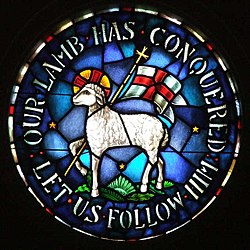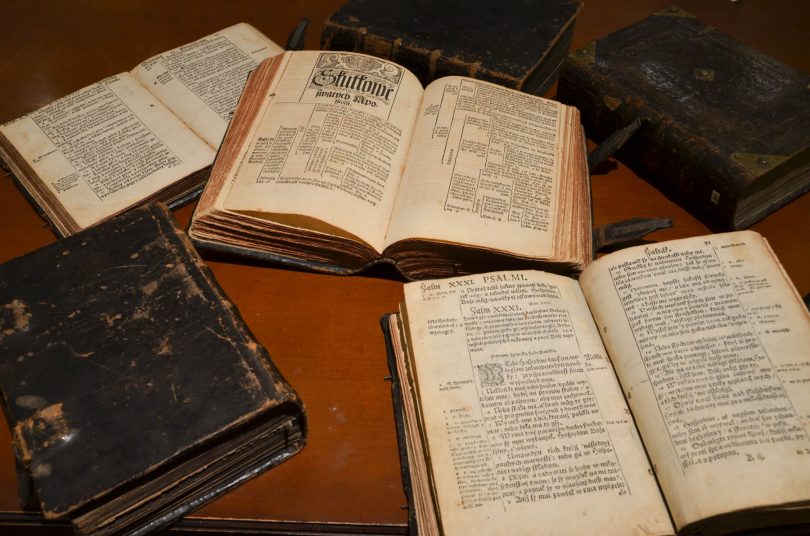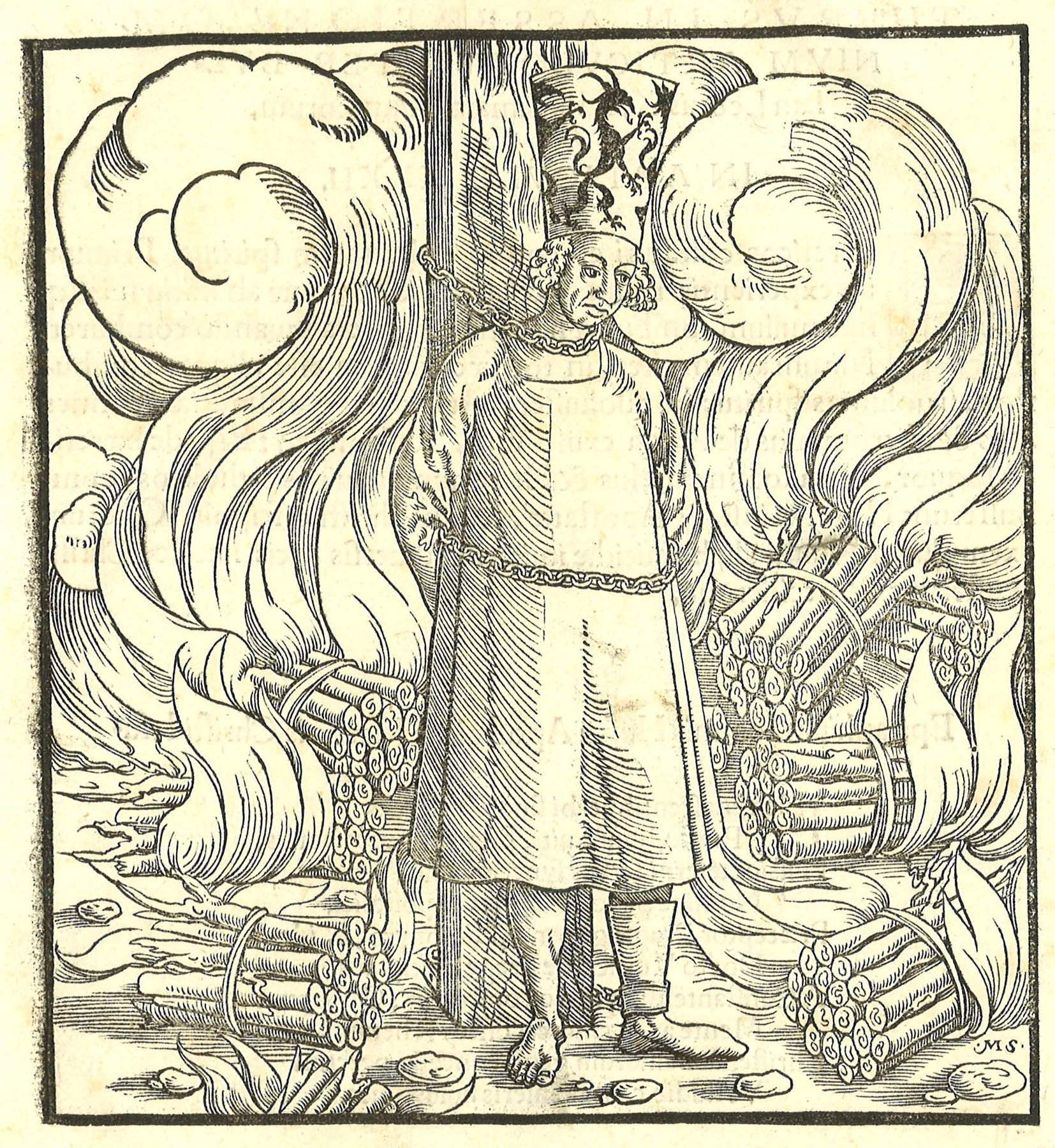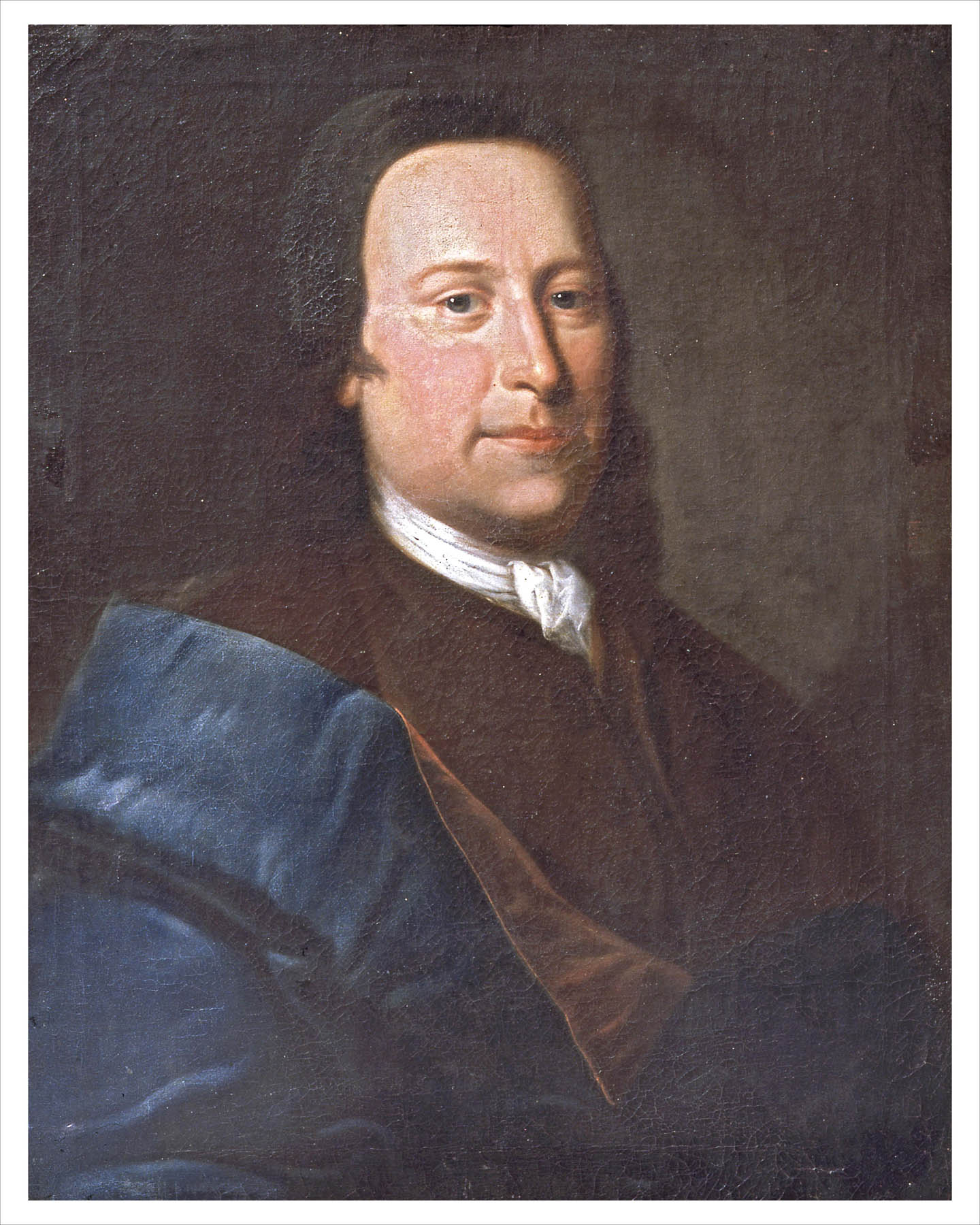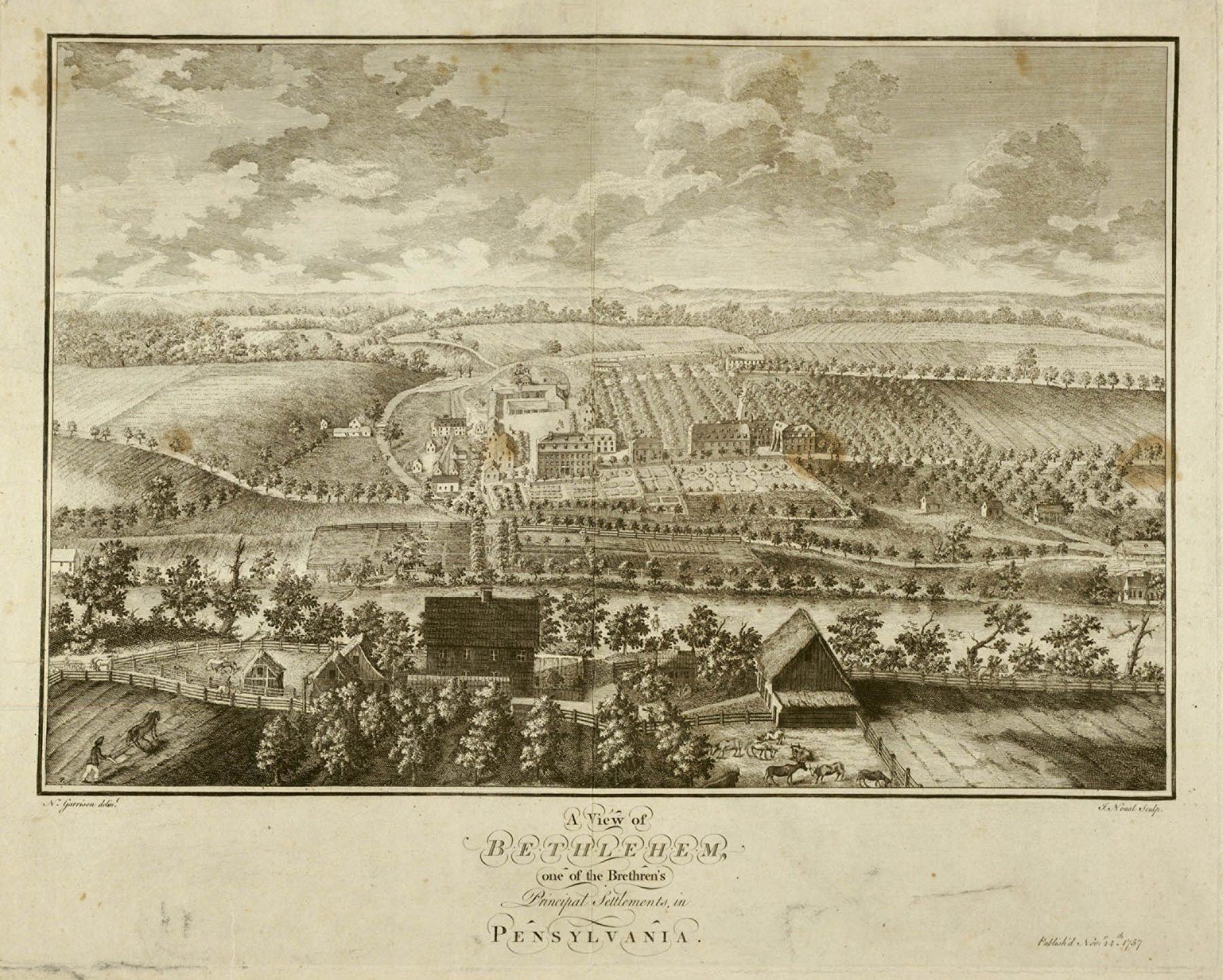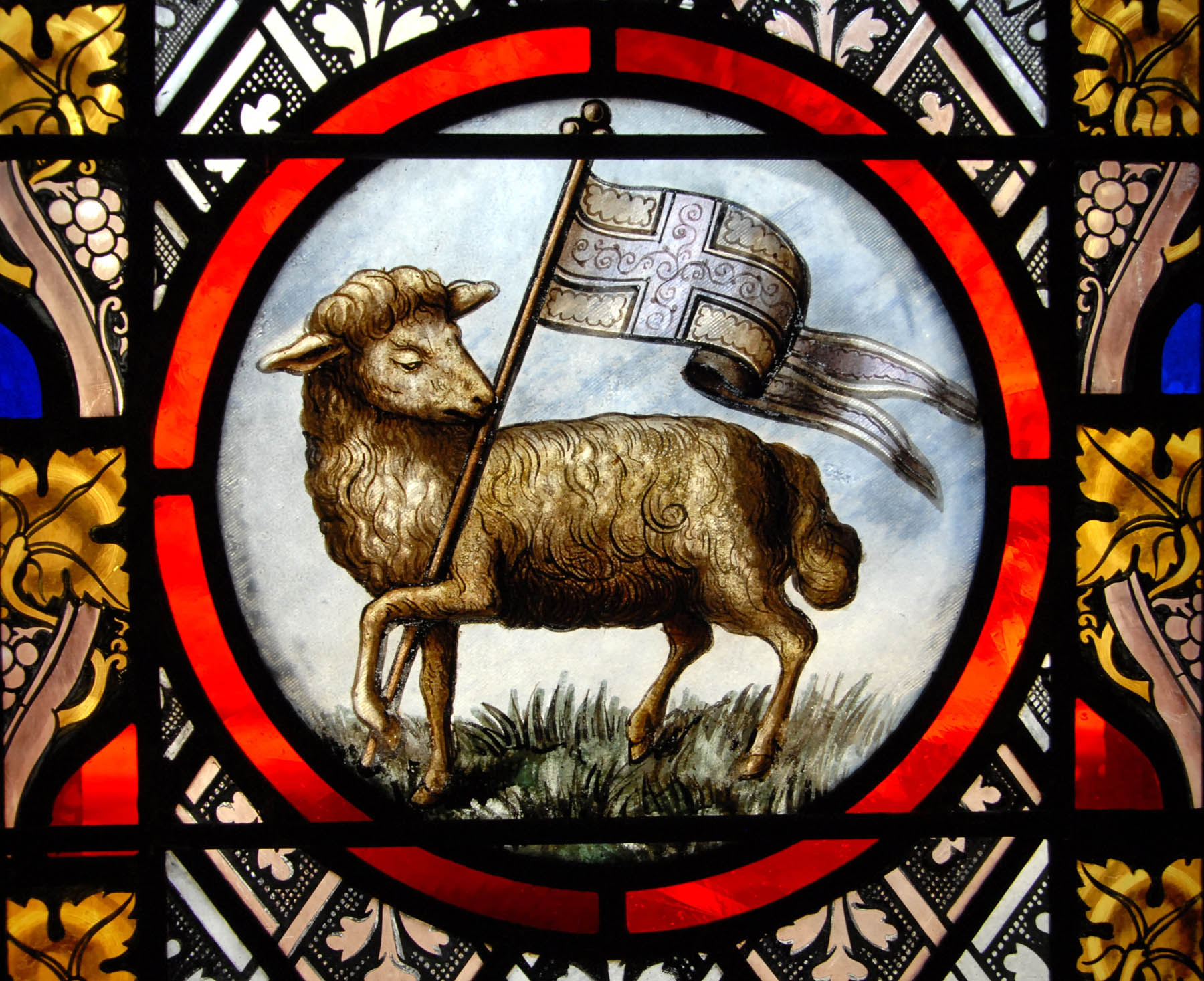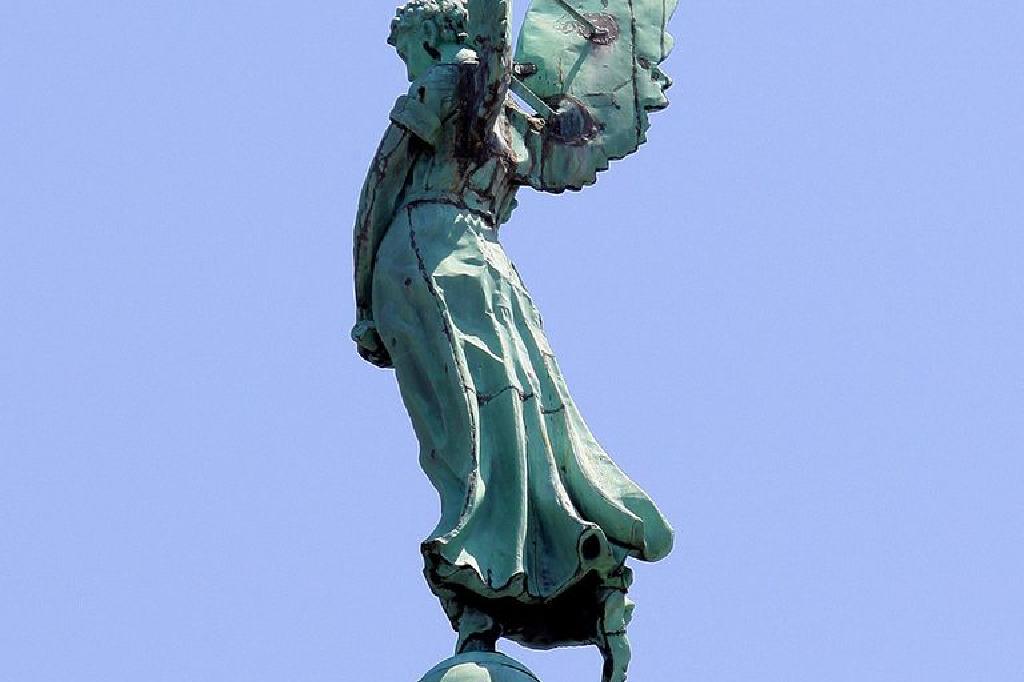An Early Call To
Evangelism
Smith was born in a small village near Menston, Yorkshire in England on June 8,
1859. Smith’s younger years were marked by a hunger for God, even though his
parents were not Christians at the time. His grandmother was an old-time
Wesleyan, and she always made sure that Smith attended meetings with her when
she could. When he was eight, he joined in with the singing at one of these
meetings, and as he began, “a clear knowledge of the new birth” came to him. He
realized in that moment just what the death and resurrection of Jesus meant for
him, and he embraced it with his whole heart. From that day forth, he never
doubted that he was saved.
Soon he began operating
as the evangelist, which would be most of his life’s focus. His first convert
was his own mother. When his father realized what was happening, he started
taking the family to an Episcopal church. Although his father was never born
again, he enjoyed the parson, who just happened to frequent the same pub as he
did, and remained a faithful church-goer through Smith’s youth.
 |
| Smith teaching |
When he was thirteen,
his family moved from Menston to Bradford, where Smith became deeply involved
with the Wesleyan Methodist Church. Even though he couldn’t read, it was at
this time that Smith began the habit of always having a copy of the New
Testament with him wherever he went. Then in 1875 when Smith was about sixteen,
the Salvation Army opened a mission in Bradford, and Smith found a powerful
ally in his desire to see people come to a saving knowledge of Jesus Christ. In
the meetings he attended with the Salvationists, he soon learned there was
great power behind prayer and fasting.
At seventeen, Smith met
a Godly man at a mill who took him in as an apprentice and taught him the
plumbing trade. He also told Smith about what the Bible taught on water
baptism, and soon afterwards Smith gladly obeyed and was baptized in water.
During this time, he also learned more about the second coming of Christ and
strongly believed that Jesus would come at the turn of the century. This made
him ever more vigilant to “change the course” of everyone he met.
The Favor of God
In 1877 at the age of nearly eighteen, Smith decided it was time to set out on
his own. He went to the home of a plumber and asked for a job. When the plumber
told him he had no need for any help, Smith thanked him, apologized for using
his time, and turned to walk away. Immediately, the man called him back. He
said, “There is something about you that is different. I just cannot let you
go.Ӡ At that, the man hired him on the spot.
By the time Smith was
about twenty, the man he worked for could not keep him busy anymore—he just
worked too efficiently! So Smith moved to Liverpool to find more work. There he
began to minister to the children of the city. Ragged and hungry children came
to the dock shed, where he preached the Gospel to them and did his best to feed
and clothe them from what he made as a plumber in the area. He also visited the
hospitals and ships, praying and fasting all day on Sunday, asking God for
converts. As a result, he never saw fewer than fifty people saved each time he
ministered. He was also frequently invited by the Salvation Army to speak at
their meetings, but though he saw great results, he was never eloquent. He
often broke down and cried before the people because of his burden for souls,
and it was this brokenness that brought people to the altar by the hundreds.
Smith Meets Polly
It was also around this time that Smith watched with great interest as a young,
socially affluent woman came forward in one of the Salvation Army meetings and fell
to her knees. She refused to pray with any of the workers until the speaker
known as “Gypsy” Tillie Smith came and prayed with her. When they were done,
the young woman jumped to her feet, threw her gloves in the air, and shouted,
“Hallelujah! It is done!”
The next night as she
gave her testimony, Smith felt as if she belonged to him. As Smith later said,
“It seemed as if the inspiration of God was upon her from the very first.”‡ The
young woman’s name was Mary Jane Featherstone, but everyone called her “Polly.”
She eventually received a commission as an officer in the Salvation Army from
General William Booth. Smith did what he could to work near her, and in the
coming years a romance bloomed between them.
As Smith and Polly grew
closer, Polly eventually faced the difficult decision of choosing either to
continue with the Salvation Army or her love for Smith. Even though Smith never
officially joined the Salvation Army, he was considered a private in their
ranks, and Polly was an officer. There were strict regulations against officers
and lower ranks having romantic relationships, so even though they always
remained true friends of the Salvationists, Polly retired from their ranks and
took up mission work with the Blue Ribbon Army. Those in her Methodist church
also recognized her calling and asked her to help evangelize their churches.
Hundreds were converted as a result.
A Divine Partnership
Polly had from the beginning the eloquence Smith longed for but couldn’t learn.
When in 1882, Smith returned to Bradford, he and Polly wed. Polly was
twenty-two years old and Smith was twenty-three. In their thirty years of
marriage, the Wigglesworths had five children: Alice, Seth, Harold, Ernest, and
George. Before each child was born, Smith and Polly prayed over them that they
would faithfully serve God throughout their lives.
Smith and Polly had a
burden for a part of Bradford that had no church, so they soon opened the
Bradford Street Mission and began ministering together. Polly did most of the
speaking, because she was the stronger and more accomplished of the two as an
orator, and Smith oversaw the needs of the rest of the work. While she
preached, he was at the altar praying for more to come to Christ. Of this
relationship, Smith later said, “Her work was to put down the net; mine was to
land the fish. This latter is just as important as the former.Ӥ
A Cold Winter
The winter of 1884 was very severe in Bradford, and plumbers were in high
demand. As a result, a time of intense work began for Smith that would last for
the next two years, and he became literally consumed by his natural occupation.
His church attendance declined and slowly but surely his fire for God began to
grow cold. In the light of Polly’s increasing faithfulness, Smith’s backsliding
seemed all the more pronounced to the point that her diligence began to wear on
him.
Then one night, this
came to a head when she came home from church a little later than usual. Smith
confronted her: “I am master of this house, and I am not going to have you coming
home at so late an hour as this!” Polly quietly replied, “I know that you are
my husband, but Christ is my Master.”** At this, Smith forced her out the back
door, then closed and locked it. However, in his annoyance, he had forgotten to
lock the front door, so Polly simply walked around the house and came in
through the main entrance, laughing.
When Smith finally saw
what he had done, he caught her laughter and realized how silly he had been.
Together they laughed about the matter, but to Smith it was also a revelation
of how cold he had grown in the things of God. Shortly afterward, he spent ten
days praying and fasting in repentance, and God gloriously restored him.
Smith Meets “The Lord
that Healeth Thee”
On a trip to Leeds for plumbing supplies, Smith heard of a meeting where divine
healing was to be ministered. He attended and was amazed at what he saw. What
others saw as fanaticism, Smith recognized as sincere and of God. On his return
to Bradford, he would search out the sick and pay for their way to attend the
Leeds healing meetings. When his wife grew ill once, he told her about the
meetings, somewhat afraid that she would think he had finally gone off the deep
end. Instead, she accepted it and agreed to go to the meetings with him. When
the prayer of faith was offered for her in Leeds, she received an instant
manifestation of healing.
They both became
passionate about the message of divine healing and their meetings began to
grow, causing them to need a larger mission space. Soon they obtained a
building on Bowland Street and opened the Bowland Street Mission. Across the
wall behind the pulpit they hung a large scroll which read: “I Am the Lord That
Healeth Thee.”†† Not many years after this, in the first years of the 1900s,
Smith received prayer for healing a hemorrhoid condition he had battled since
childhood. He was soon fully healed and never had a problem with this condition
for the rest of his life.
Embracing Divine Healing
Over the years that followed, the healing available through God increasingly
became a part of Smith’s sermons and ministry, though healings were not
frequent nor truly spectacular at first. Then those in the Leeds Healing Home
recognized Smith’s faith and asked him to speak while they were away at a
convention. Smith accepted only because he felt he could get someone else to do
it once he was in charge of the meeting, but all others refused, insisting they
felt God wanted him to speak. Smith ministered his sermon hesitantly, but at
the close of the service fifteen people came forward for prayer, and all of
them were healed! One of them had hobbled forward on crutches and began dancing
around the room without them after Smith prayed for him. He had been instantly
healed! No one was more surprised by the results of his prayers than Smith
himself.
Some of Smith Wigglesworth Books:
Desiring More of the
Spirit
In 1907, Pentecost had reached Sunderland, and Smith heard that people there
were being baptized in the Holy Spirit and speaking in other tongues. Smith
felt he had to see this for himself. Smith was among those who believed that
sanctification and the baptism in the Holy Spirit were the same, so he felt he
already had this baptism. Others warned him that these people in Sunderland
were not receiving the Holy Spirit, but demons instead. Other friends with whom
he prayed urged him to follow his own leadings.
When he arrived at the
meeting in Sunderland, which was being led by Vicar Alexander Boddy (who had
attended some of Evan Roberts’ meetings in Wales during the Welsh Revival), he
was surprised at the dryness of it in contrast to the moves of the Spirit he
had experienced elsewhere, especially among the Salvationists. In fact, he grew
so frustrated at this, he interrupted the meeting, saying, “I have come from
Bradford, and I want this experience of speaking in tongues like they had on
the day of Pentecost. But I do not understand why our meetings seem to be on
fire, but yours do not seem to be so.”‡‡ Smith was so disruptive that they
disciplined him outside of the building.
Smith Receives the
Baptism
He soon decided he needed to return to Bradford, but before doing so decided to
go to Vicar’s home and say, “Goodbye.” There he met Mrs. Boddy and told her he
was returning home without speaking in tongues. She told him, “It is not
tongues you need, but the baptism.”§§ Smith asked her to lay hands on him
before he left. She agreed, praying a simple but powerful prayer, and walked
out of the room. It was then that the fire fell, and Smith had a vision of the
empty cross with Jesus exalted at the right hand of the Father. Smith opened
his mouth to praise God and began instantly speaking in tongues. He knew
immediately that what he had received of God now was much fuller than what he
had received when praying and fasting and asking God to sanctify him.
Instead of going home,
Smith went to the church where Vicar Boddy was conducting the service and asked
to speak. Vicar Boddy agreed. Smith then spoke as he never had before, and at
the end of his “sermon” fifty people were baptized in the Holy Spirit and spoke
in other tongues. Even the local paper, the Sunderland Daily Echo, picked up
the story and headlined the meeting and what Smith had experienced. Smith
telegraphed home about what had happened.
“That’s Not My Smith!”
Upon arriving home in Bradford, Smith found a new challenge to what he had
experienced. Polly met him at the door and firmly stated, “I want you to know
that I am just as baptized in the Holy Spirit as you are and I don’t speak in
tongues. . . . Sunday, you will preach for yourself, and I will see what there
is in it.”*** When Sunday came, Polly did see what there was in it, as Smith
preached with a power and assurance she had never heard in him before. She
squirmed in her seat thinking, “That’s not my Smith, Lord. That’s not my
Smith!” At the end of the sermon a worker stood to say he wanted the same
experience Smith had received, and when he sat back down, he missed his chair
and fell to the floor!
Smith’s eldest son had
the same experience. In a very short while there were eleven people on the
floor, laughing in the Spirit. Then the entire congregation was absorbed in
holy laughter, as God poured even more of His Spirit out upon them. In the
coming weeks, hundreds in Bradford would receive the baptism in the Holy Spirit
and speak with other tongues—one of whom was Polly. The couple soon began
traveling throughout the country, answering calls to speak and minister.
This experience also
caused Smith to pursue God more than ever through prayer and fasting. He
answered every request he could of those asking for divine healing. Sometimes
he took a train to the nearest city and then borrowed a bicycle to ride another
ten miles to reach the person. Soon he had no more time for his plumbing work,
so he vowed before the Lord that if he were ever in severe need again in his
life, he would return to plumbing; otherwise, he would serve as a minister for
the rest of his days. The Lord made sure Smith never returned to plumbing.
Polly Goes Home to Be
with the Lord
Not long after this, while waiting at a train station to leave for Scotland,
Smith received word that his beloved wife, Polly, had collapsed at the Bowland
Street Mission from a heart attack. He rushed to her bedside only to discover
her spirit had already departed. But Smith rebuked death, and she came back. Smith
had just a short time to visit with his wife again, and then he was impressed
that it was time for her to go home to be with her Lord and Savior, so he
released her again. Polly passed away on January 1, 1913, and it was as if her
dedication and spiritual power went with her husband after that and multiplied
the effects of his ministry.
Immediately, Smith
started to minister again throughout the country, traveling with his daughter,
Alice, and her husband, James “Jimmy” Salter. Smith continued to preach a
simple Gospel of “only believe.” In a time when other ministers seemed frail
and failing despite the enormous revivals that had come through their
ministries, Smith soon rose to prominence in Pentecostal circles because of the
undeniable power in his ministry and the uncompromising stability with which he
operated. His convictions would never change in the next four decades, and
Smith remained a growing force for God and Pentecostalism right up until his
death in 1947.
The Apostle of Faith and
His Worldwide Ministry
In the months following Polly’s passing, Smith’s fame in England grew, and in
1914 he began traveling abroad to minister. By the 1920s and 1930s there was no
more sought-after speaker in Pentecostalism. Although he never accepted the
cloak, his acknowledgement as the “Apostle of Faith” made the Pentecostal world
look to him as one of its greatest patriarchs, even though he had never been
involved in any of the revivals that started the movement. Miracles, healings,
the dead being raised, and other signs and wonders followed his ministry as he
continued in the uncompromising and blunt style that no one could ever emulate.
Truth be told, Smith
just never seemed to feel the need to be polite when chasing out sickness,
disease, and other works of the devil. His sentiment was also that if the
Spirit were not moving, then he would move the Spirit. This was not arrogance,
but confidence in the work God wanted done on the earth. Smith would create an
atmosphere of uncompromising faith in the Word of God, and the Holy Spirit
would never fail to show up.
In 1922 Smith traveled
to New Zealand and Australia, among other places, and in a few short months saw
thousands saved and several Pentecostal churches birthed in the greatest
spiritual renewals either nation had ever seen. In 1936 he traveled to South
Africa and delivered to David du Plessis a profound prophecy of the upcoming
revival of the Charismatic Renewal that would not even start until after
Wigglesworth’s death. By this time Smith was in his seventies and probably the
most well-known Pentecostal in the world.
Going Home
Then on March 12, 1947, while attending the funeral of a fellow minister, Smith
bowed his head in the midst of a conversation and went home to be with the Lord
without any pain or struggle at the age of 87.
While Smith would never
form his own denomination or write a book, let alone a systematic set of
doctrines and theology, his simple faith still impacts believers today. His
relationship with God produced power that had not been seen on the earth for
many centuries. For this reason, God also showed him things that others only
dreamed of seeing. He never wanted to be put on a pedestal and worshipped, but
be instead, an example of what every Christian can experience if they would
“only believe.”











